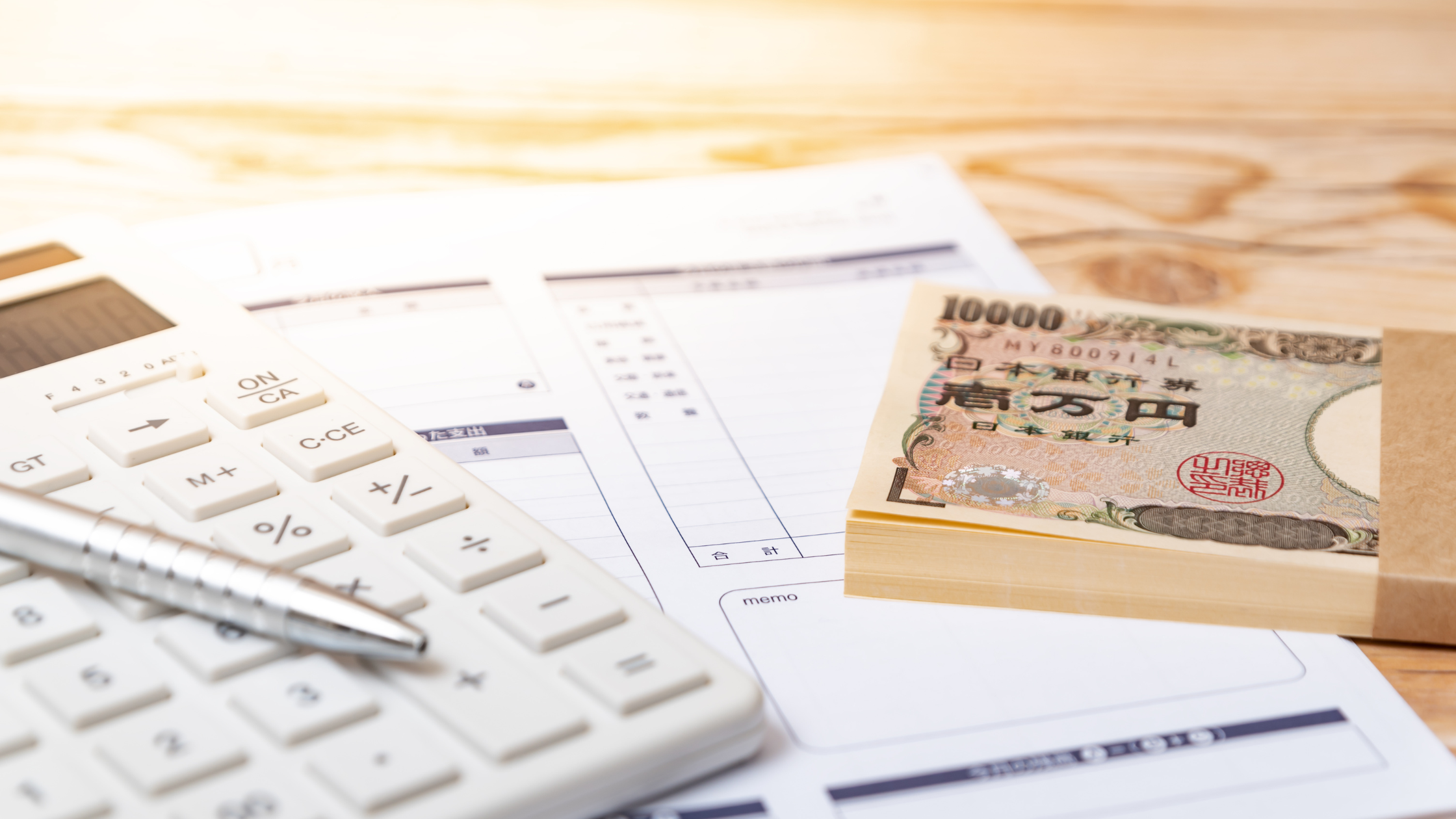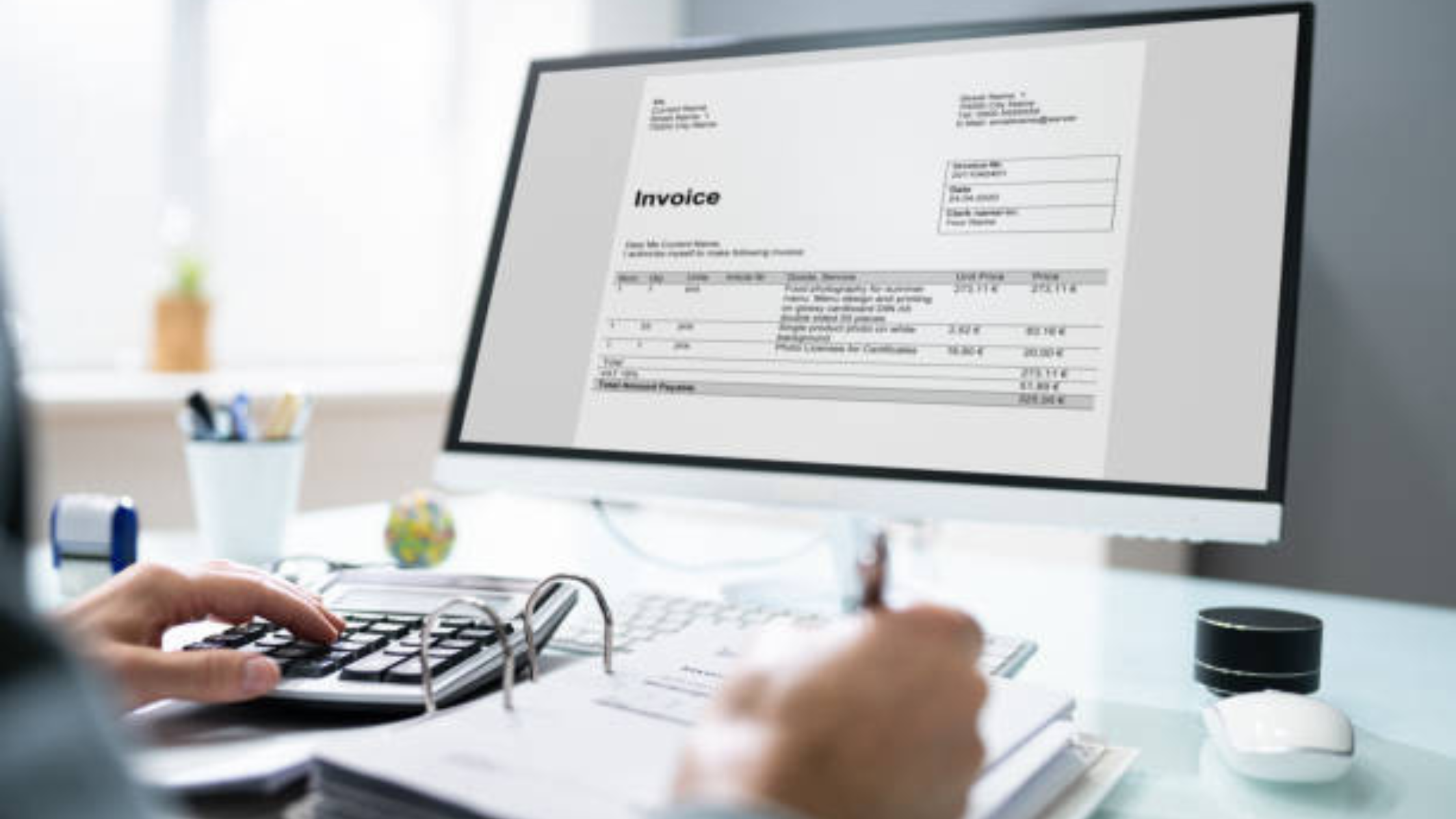Generate Professional Rent Receipts in a Few Simple Steps

Welcome to a hassle-free solution for creating professional rent receipts effortlessly.
Managing rental transactions efficiently is crucial. With our user-friendly platform, generating detailed rent receipts is just a few clicks away. Say goodbye to manual paperwork and hello to streamlined record-keeping. Whether you are a landlord or a tenant, our tool simplifies the process, saving you time and ensuring accuracy. By following a few simple steps, you can customize your rent receipts to include all necessary information, such as payment details, property address, and terms of the lease. Our goal is to provide a convenient and reliable service that meets your needs. Join countless satisfied users who have made rent receipt creation a breeze. Experience the convenience and professionalism of our platform today!.
Understanding Rent Receipts
Definition of Rent Receipts
Rent receipts are documents provided by landlords to tenants as proof of payment for rent. It typically includes details such as the amount paid, the date of payment, the duration it covers, and the names of the tenant and landlord. Rent receipts are essential for both tenants and landlords to keep track of rental payments and for legal and financial purposes.
Legal Requirements for Rent Receipts
In many jurisdictions, landlords are legally required to provide rent receipts to tenants upon request. These receipts serve as evidence that rent has been paid and can be used in case of disputes or for tax purposes. Landlords must ensure that rent receipts contain accurate information and comply with local laws and regulations regarding rental transactions.
Importance of Rent Receipts
Rent receipts play a crucial role in documenting rental transactions. For tenants, they provide a record of payment made, which can be useful for budgeting and financial planning. Rent receipts also serve as proof of residency and can be required for various purposes such as applying for loans or government assistance.
For landlords, maintaining a record of rent receipts is essential for tracking rental income and managing property finances. Rent receipts can also help landlords in case of disputes with tenants regarding payment history or lease terms.
Types of Rent Receipts
There are different formats of rent receipts that landlords may use, including paper receipts, digital receipts, or receipts generated by rental management software. Each type has its advantages and may be preferred based on convenience, security, or compliance with local regulations.
Best Practices for Rent Receipts
To ensure compliance with legal requirements and maintain accurate records, both landlords and tenants should follow best practices when it comes to rent receipts. This includes issuing receipts promptly after each payment, retaining copies for future reference, and ensuring that all necessary information is included on the receipt.
Conclusion
Rent receipts are more than just pieces of paper; they are vital documents that benefit both landlords and tenants. By understanding the importance of rent receipts, complying with legal requirements, and following best practices, both parties can ensure smooth rental transactions and avoid potential conflicts.
Importance of Rent Receipts
Rent receipts play a vital role in the landlord-tenant relationship, serving as a formal record of rent payments made. As a landlord or property manager, creating rent receipts is a crucial aspect of maintaining a record of payments and managing rental income effectively. Rent receipts not only provide tenants with proof of payment but also serve as essential documentation for landlords. In this comprehensive step-by-step guide, we will delve into the process of creating rent receipts in a detailed manner.
Step 1: Gather Tenant and Landlord Information
Initiate the rent receipt creation process by collecting pertinent details from both the tenant and the landlord. Ensure that you include complete names, addresses, and contact information to establish clarity and accuracy in the receipt.
Step 2: Include Property Details
Enhance the rent receipt by incorporating comprehensive information about the rental property. Specify the property address, unit number (if applicable), and any additional relevant details that can help in identifying the rented space.
Step 3: Specify Rent Payment Details
Provide a clear breakdown of the rent payment specifics on the receipt. Outline the exact amount due, the specific rental period covered by the payment, and any applicable late fees or additional charges to maintain transparency.
Step 4: Add Payment Method
Clearly state the payment method utilized by the tenant for the rent payment. Whether it is cash, check, online transfer, or any other mode of payment, documenting this information is crucial for record-keeping purposes.
Step 5: Include Date and Signatures
Conclude the rent receipt by including the payment date and allocating space for both the tenant and landlord to sign the document. Signatures from both parties authenticate the payment transaction and signify mutual agreement.
Expanding on the significance of rent receipts, these documents not only serve as proof of payment but also aid in resolving any potential disputes or discrepancies that may arise in the future. By diligently following these steps, you can create professional and accurate rent receipts that foster a transparent landlord-tenant relationship and streamline your rental management processes effectively.
Moreover, it is advisable to maintain a sequential numbering system for your rent receipts to track each transaction efficiently. Keeping a digital or physical copy of all issued receipts is essential for record-keeping and financial management purposes. Additionally, consider customizing your rent receipts with your logo or branding elements to add a professional touch.
Regularly reviewing and updating your rent receipt template to comply with any legal requirements or changes in rental regulations is crucial. Staying informed about local laws and regulations regarding rent receipts can help you ensure that your documentation meets all necessary standards.
Creating detailed and accurate rent receipts is a fundamental practice for landlords and property managers to maintain financial records, establish transparency, and build trust with tenants. By following this step-by-step guide and incorporating additional best practices, you can streamline your rental management processes and enhance the overall tenant experience.
Benefits of Professional Rent Receipts
When delving into the benefits of utilizing professional rent receipts, it becomes apparent that they play a pivotal role in ensuring legal compliance, maintaining meticulous records, and providing concrete evidence of payment. The significance of professional rent receipts was vividly demonstrated in a compelling case study showcased on the webpage 'Streamline Your Rent Collection Process with an Online Receipt Generator.' This case study illustrated how a landlord efficiently resolved a legal dispute with a tenant by presenting detailed and professionally generated rent receipts as proof of timely payments.
Professional rent receipts not only aid in legal compliance but also streamline record-keeping processes. By offering a transparent payment history, these receipts serve as tangible proof of financial transactions, thereby enhancing transparency and accountability between landlords and tenants. Additionally, the online receipt generator highlighted on the webpage simplifies the entire process, offering a user-friendly and efficient method to accurately document payments, ultimately benefiting both parties involved.
Beyond mere documentation, the advantages of using professional rent receipts extend to fostering trust and credibility in landlord-tenant relationships. By leveraging technology to create professional receipts, both landlords and tenants can enjoy streamlined rent collection processes, saving time and reducing errors in financial records.
Moreover, professional rent receipts can also be valuable for tax purposes. Landlords can utilize these receipts as evidence of rental income, simplifying tax filing and ensuring compliance with tax regulations. For tenants, having access to detailed rent receipts can aid in personal financial management and budgeting.
The adoption of professional rent receipts is not merely a formality but a strategic practice that enhances legal security, financial transparency, and trustworthiness in rental agreements. By embracing professional rent receipts, landlords and tenants can navigate rental transactions confidently and efficiently, fostering a harmonious and well-documented rental experience that benefits both parties involved.
Customizing Rent Receipts
When it comes to providing rent receipts to tenants, landlords have the opportunity to customize these documents to better suit their needs. Customizing rent receipts not only adds a personal touch but also ensures that all necessary information is included. In this blog section, we will explore two key ways landlords can customize rent receipts.
Adding Additional Terms and Conditions
One way to customize rent receipts is by adding additional terms and conditions. While rent receipts typically include basic information such as the amount paid, the date of payment, and the property address, landlords may want to include specific terms or clauses that are relevant to their rental agreements. This could include details about late fees, maintenance responsibilities, or any other important conditions that tenants need to be aware of. By adding these additional terms and conditions to the rent receipt, landlords can ensure that both parties are clear on their obligations.
Incorporating Branding Elements
Another way to customize rent receipts is by incorporating branding elements. Landlords can use rent receipts as an opportunity to reinforce their brand identity by including logos, colors, or other design elements that are consistent with their branding. This not only adds a professional touch to the rent receipt but also helps to establish brand recognition. By incorporating branding elements into rent receipts, landlords can create a cohesive and professional image that sets them apart from others in the market.
Benefits of Customization
Customizing rent receipts goes beyond just adding a personal touch. It can also serve as a way to enhance communication with tenants. By including additional terms and conditions, landlords can ensure that tenants are aware of their responsibilities, leading to a smoother rental experience. Moreover, incorporating branding elements can help landlords stand out in a competitive rental market, making their properties more memorable to tenants.
Legal Considerations
While customizing rent receipts can be beneficial, landlords should be mindful of legal considerations. Any additional terms and conditions added to the rent receipt should comply with local rental laws and regulations. It's essential to ensure that the customized rent receipts do not contradict any existing legal requirements or tenant rights. Landlords may want to consult with legal professionals to ensure that their customized rent receipts are legally sound.
Conclusion
Customizing rent receipts is a valuable practice for landlords looking to improve their rental process and tenant relationships. By adding additional terms and conditions and incorporating branding elements, landlords can create rent receipts that are not only informative but also reflective of their professionalism and brand identity. Taking the time to customize rent receipts can lead to a more positive rental experience for both landlords and tenants.
Best Practices for Rent Receipt Management
Organizing and Storing Receipts Efficiently
When it comes to effectively managing your rent receipts, implementing best practices is crucial to ensure accuracy, organization, and compliance. Rent receipts serve as essential documentation of your rental transactions, making it imperative to establish a systematic approach to receipt management.
Organizing and Storing Receipts Securely
Organizing and storing receipts securely is the foundation of efficient rent receipt management. Consider creating a dedicated folder or digital folder for each rental property or tenant. Label each receipt with relevant details such as the date, amount, property address, and tenant name. By organizing receipts systematically, you can easily retrieve specific receipts when needed and maintain a clear record of transactions.
Utilize Digital Tools for Receipt Management
Leveraging technology can streamline rent receipt management. Explore digital receipt management tools or apps that allow you to scan, store, and categorize receipts electronically. Digital platforms offer convenience, accessibility, and enhanced security for your receipt records. Additionally, consider using cloud storage solutions to ensure backups of your receipt data.
Implement Regular Review Processes
Regularly reviewing receipts is essential to identify any discrepancies, errors, or missing information promptly. Set aside dedicated time each month to review all receipts for accuracy. Verify that the amounts match the rental agreements, cross-check payment dates, and confirm that receipts are sequentially numbered. Address any discrepancies immediately to maintain accurate financial records.
Maintain Compliance with Legal Requirements
Ensure that your rent receipt management practices comply with local laws and regulations. Familiarize yourself with any specific requirements regarding the format, content, and retention period of rent receipts. By staying compliant, you can avoid potential legal issues and demonstrate transparency in your rental transactions.
By following these best practices for rent receipt management, you can streamline your administrative processes, enhance financial transparency, and mitigate potential errors or disputes. Effective receipt management not only simplifies record-keeping but also contributes to a professional and organized rental operation.
Additional Tips for Rent Receipt Management
Implement an Automated System: Consider using software that automates receipt generation and storage. Automation can save time and reduce manual errors.
Backup Receipts Regularly: Create backups of your digital receipts to prevent data loss in case of technical issues or system failures.
Track Receipts Electronically: Use spreadsheets or accounting software to track and categorize receipts for easy access and analysis.
Establish Clear Policies: Develop clear guidelines for tenants on how to submit rent payments and receive receipts to ensure consistency and compliance.
Conduct Periodic Audits: Conduct periodic audits of your receipt management system to identify areas for improvement and ensure accuracy and efficiency.
By incorporating these additional tips into your rent receipt management practices, you can further optimize your processes, minimize errors, and enhance the overall efficiency of your rental operations.
Conclusion
Creating professional rent receipts in just a few simple steps can greatly benefit both landlords and tenants. By utilizing online templates or software, individuals can easily generate accurate and detailed receipts that serve as important documentation for rental transactions. This streamlined process not only ensures compliance with legal requirements but also promotes transparency and trust between parties involved in the rental agreement. Ultimately, adopting this practice can help prevent disputes and misunderstandings, making the rental experience smoother and more efficient for everyone.







